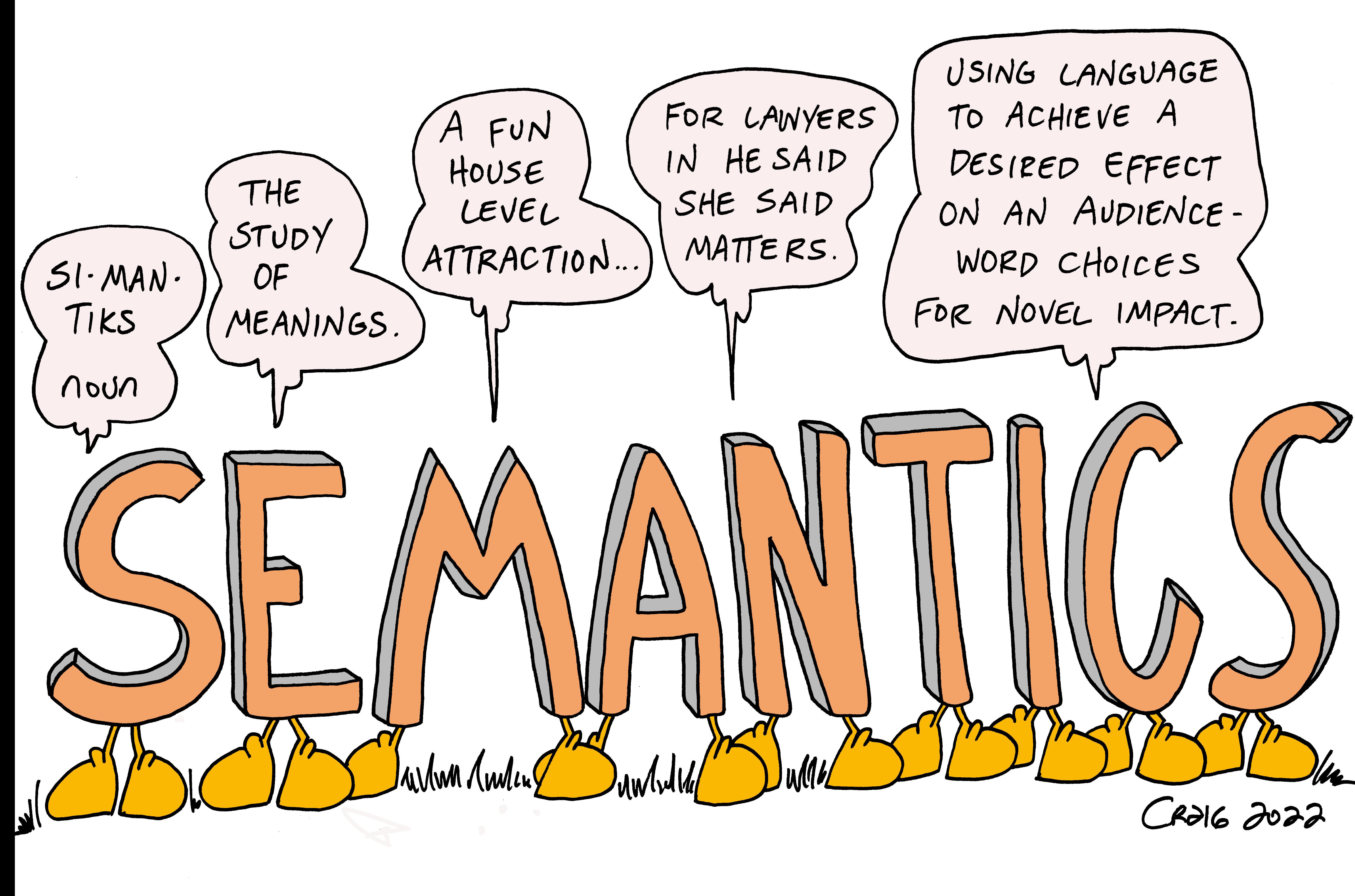
Semantics, that is, the study of meaning, is central to understanding the nature of language and human interaction. Being one of the richest and most fascinating fields of linguistics, semantics covers all aspects of human language, to the extent that that we should in fact distinguish between several kinds of semantics. This “undeniably messy ‘real world’ of meaning” (Cruse 2000: x) cuts across several fields of linguistic enquiry, including lexicology, phonology, syntax, discourse analysis, text linguistics and pragmatics.
This course introduces students to the study of linguistic semantics, both theoretically and empirically, providing students with detailed insights into meaningful units of language and preparing them for first small-scale research projects. The questions we will investigate throughout the course are the following: What are meanings and how can they be defined? What explains relations between meanings, like synonymy, antonymy and so on? How do the meanings of words combine to create the meanings of sentences and texts? What is the connection between what a word means, and the contexts in which it is used? What is the difference between literal and metaphorical meaning? How do meanings relate to the minds of language users?- Dozent/in: Christine Simone Sing